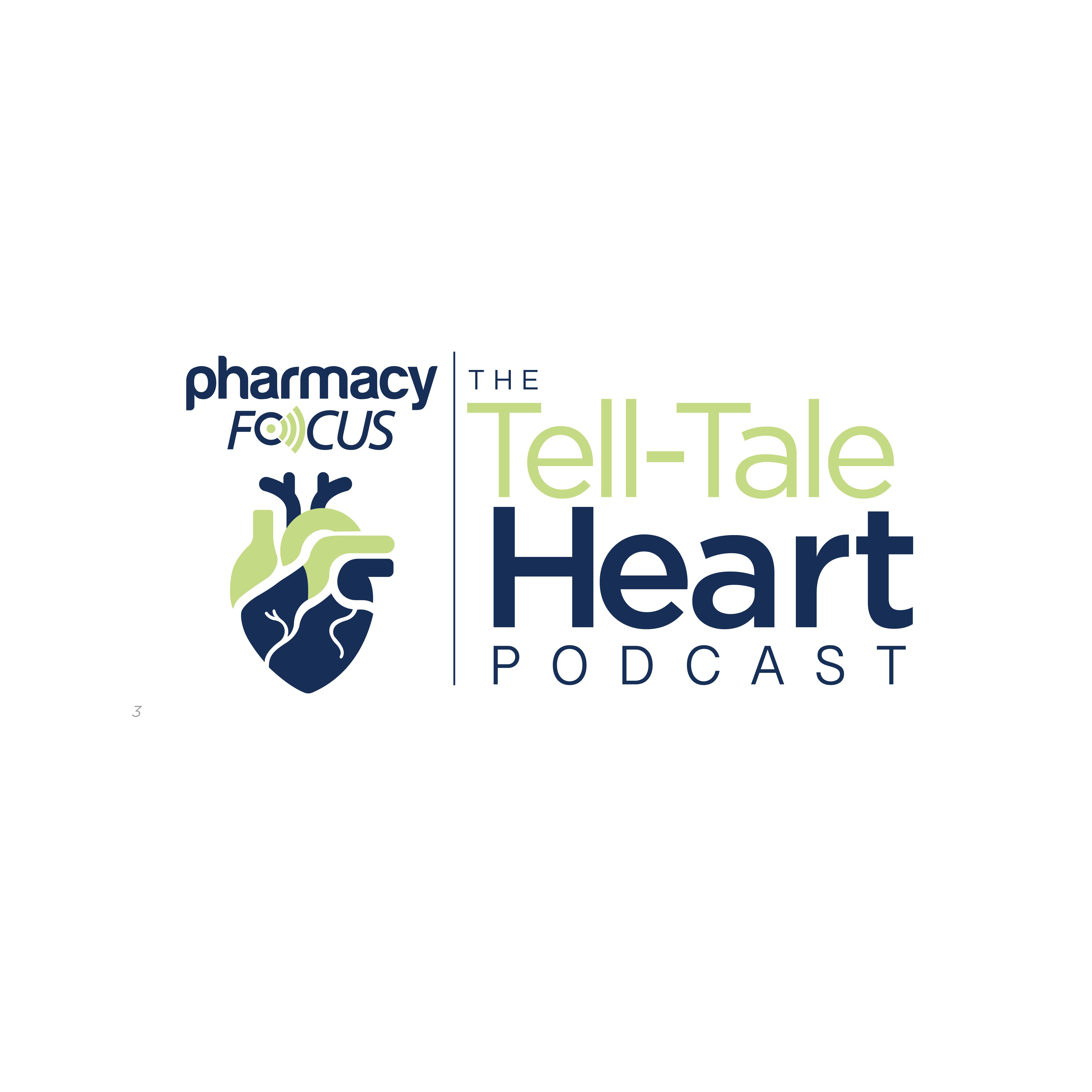
Article
Study Finds Heart Function Recovered Quickly in Children with COVID-19-Related MIS-C Condition
Author(s):
Some study limitations include that follow-up data were missing for some patients who dropped out of the study during the follow-up stages and the timing of the follow-up echocardiograms were random and driven by preference versus standard protocol.
A new study found that heart function recovered within 3 months in children who developed COVID-19-related multisystem inflammatory syndrome (MIS-C), according to research published in the Journal of the American Heart Association.
MIS-C is an illness that was identified during the COVID-19 pandemic that affects children approximately 4 to 6 weeks after exposure to COVID-19, which has some overlapping symptoms with Kawasaki disease. However, MIS-C is associated with more profound inflammation in parts of the body such as the heart, lungs, kidneys, and gastrointestinal organs.
The new study details the cardiovascular complications or damage found during a 3-month follow-up period to assess the short-term impact of MIS-C. It additionally employs newer cardiac measurements, or “strains,” to assess heart function related to MIS-C. Strain testing is a more sensitive tool that can help detect whether an area of the heart is deformed or has any smaller changes in heart function during cardiac contraction and relaxation.
“There are limited data at this time about how frequently and how long we should monitor heart function during the recovery state of MIS-C after the child leaves the hospital,” said study senior author Anirban Banerjee, MD, in the press release. “Given that MIS-C was identified as a result of the COVID-19 pandemic, treatment protocols have not yet been standardized and follow-up care varies greatly, which may lead to confusion and anxiety among families of patients and their care team. Our research team hoped to provide some guidance and reduce the ambiguity on optimal care approaches, especially as it relates to sports participation.”
The research team reviewed data on 60 children hospitalized with MIS-C due to COVID-19 exposure who were treated at 2 Philadelphia hospitals between April 2020 and January 2021. None of the children were initially diagnosed with COVID-19 before the onset of MIS-C symptoms.
Approximately 48% were Black, 27% were white, 15% were Hispanic, 4% were Asian, and the race/ethnicity of 23% of the children was unknown. Each participant was treated with intravenous immunoglobulin and/or systemic steroids, and the researchers examined echocardiographic and clinical data from medical records, such as testing, treatment, and hospital outcomes.
The researchers examined another 60 children with structurally normal hearts who did not have MIS-C or COVID-19 exposure. Approximately 62% were white children, 27% were Black, 7% were Hispanic, 3% were Asian, and 8% were unknown. The control participants were split into 2 groups: 60% had echocardiograms on file that were done prior to the COVID-19 pandemic and 40% had echocardiograms under rigid COVID-19 protocols after October 2020.
The researchers analyzed images of the heart of children with MIS-C taken at the initial hospitalization and examined additional imaging for a portion of the children who also had scans up to 3 additional times: 1 week after the first scan, at 1-month follow-up, and at a 3- or 4-month follow-up. The children were screened using conventional echocardiography, speckle tracking echocardiography, and cardiac magnetic resonance imaging (MRI) for images of the heart.
The study found that based on echocardiogram imaging, systolic and diastolic function in the left ventricle and systolic function in the right ventricle improved quickly within the first week, followed by continued improvement and complete normalization by 3 months. Additionally, MIS-C did not cause lasting coronary artery abnormalities and during the initial hospitalization, 7% of patients had evidence of some heart malfunction; however, all scans were normal by the 3-month follow-up.
“Recovery among these children was excellent,” Banerjee said in the press release. “These results have important implications for our health care teams managing care for children with MIS-C. Our findings may also provide guidance for a gradual return to playing sports after cardiac clearance three to four months later. Tests needed for clearance include electrocardiogram and echocardiogram. We also recommend cardiac MRI for children who have highly abnormal baseline cardiac MRI during the acute stage or show evidence of continued severe left ventricle dysfunction.”
The research team noted that there are still important knowledge gaps surrounding MIS-C, specifically in how these children are coping 1 to 2 years after their initial hospitalization.
Some study limitations include that follow-up data were missing for some patients who dropped out of the study during the follow-up stages and the timing of the follow-up echocardiograms were random and driven by preference versus standard protocol.
“The strength of the study is that researchers performed a detailed, serial assessment of cardiac function over the initial three to four months of illness,” said AHA volunteer expert Kevin G. Friedman, MD, in the press release. “This study provides additional evidence that myocardial involvement is transient and may not lead to long-term abnormalities in left ventricular diastolic or systolic function. Although cardiac involvement in the acute stage of illness is common, it is reassuring that all patients recovered normal cardiac function within about one week. This data tells us that, fortunately, lasting heart injury is very uncommon in MIS-C. Even in those patients with significant cardiac abnormalities in the acute phase of illness, these changes resolved by 3-4 months.”
REFERENCE
Heart function recovered quickly in children with COVID-19-related MIS-C condition. American Heart Association. January 19, 2022. Accessed January 19, 2022. https://newsroom.heart.org/news/heart-function-recovered-quickly-in-children-with-covid-19-related-mis-c-condition
Newsletter
Stay informed on drug updates, treatment guidelines, and pharmacy practice trends—subscribe to Pharmacy Times for weekly clinical insights.
2 Commerce Drive
Cranbury, NJ 08512
All rights reserved.





